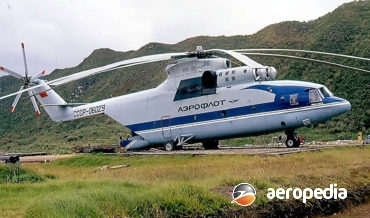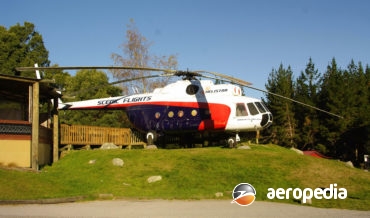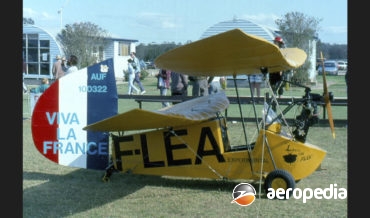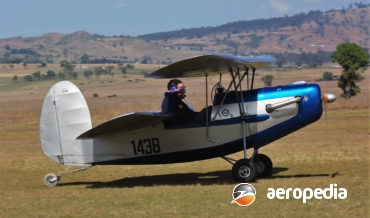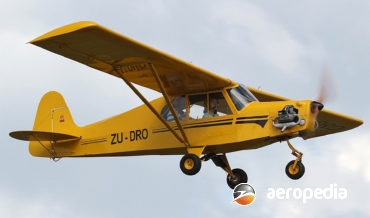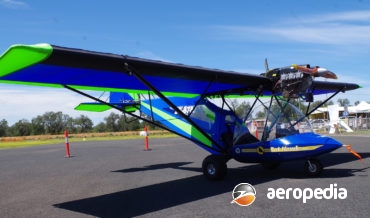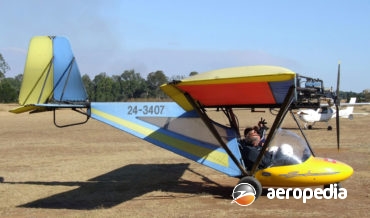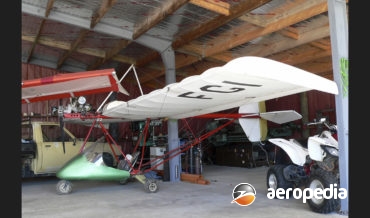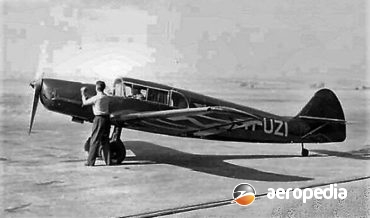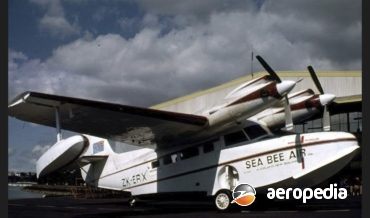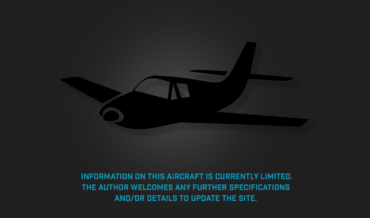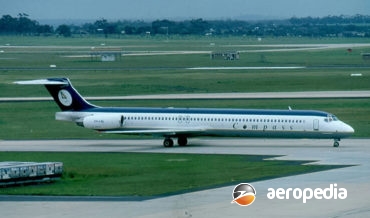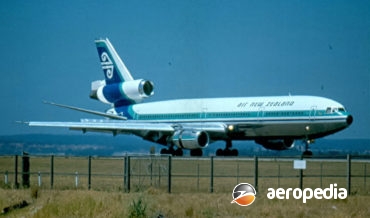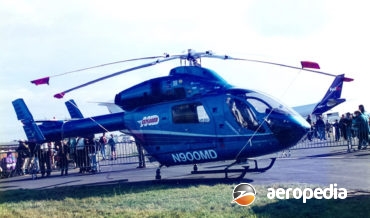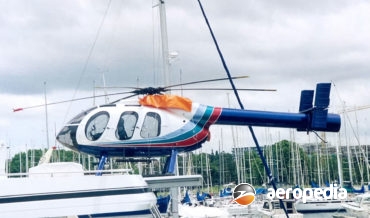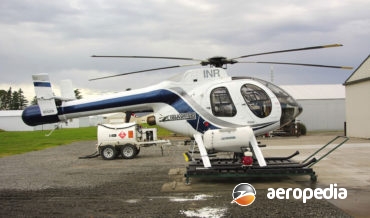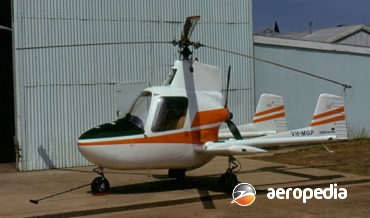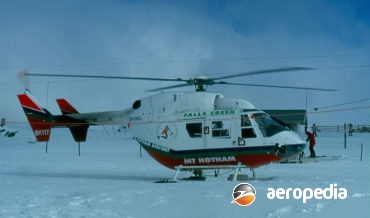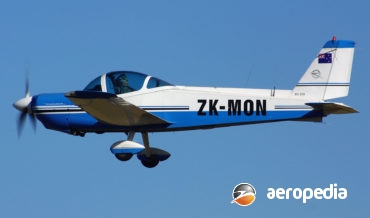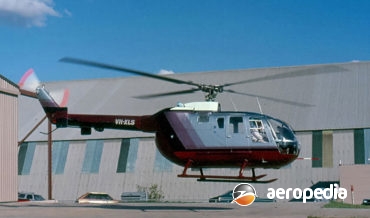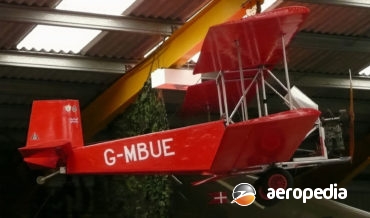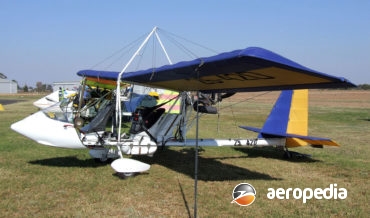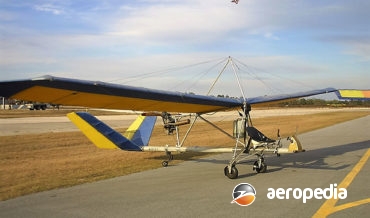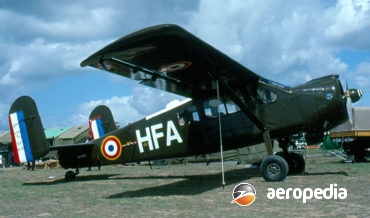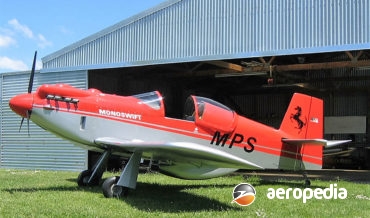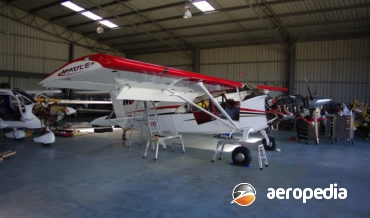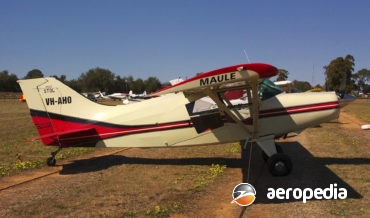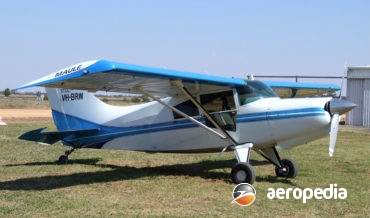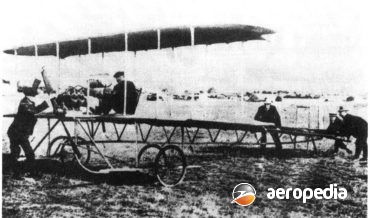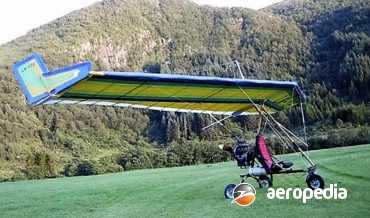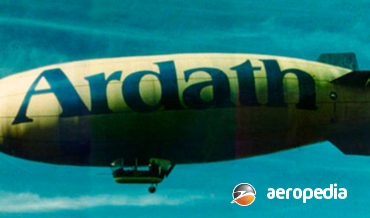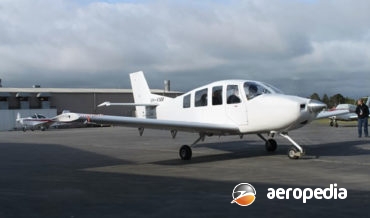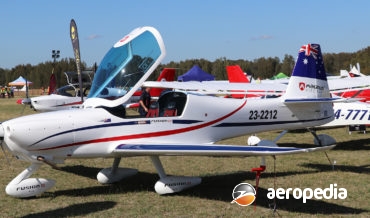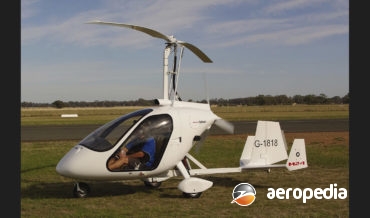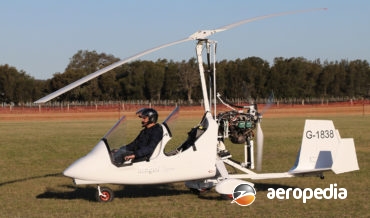All Contents
Contents
The Mi-26 was designed to replace the Mi-6 and in fact provide between 50% and 100% greater capability, with a hold similar in size to that of a C-130 Hercules.
David C. Eyre
- May 8, 2019
The Mi-8/14/17 series of helicopters has been one of the most important families of helicopters operated by countries coming under Soviet influence in the days of the cold war, with some 9,000 examples of the Mi-8 alone being built.
David C. Eyre
- May 8, 2019
Societe D’Exploitation De Aeronefs Henry Mignet was set up in France in Saintonge Provence to develop the Mignet series of ultralight aircraft and has developed the HM-1000 Balerit (Balerit - Hawk or Falcon, a small bird of prey) which is a much simpler aircraft to fly but only has two-axis
David C. Eyre
- May 8, 2019
The Pou Du Ciel, or Sky Louse, also known as the Flying Flea, was designed by French inventor, M Mignet, in 1933 as a light, cheap, easy-to-build-and-fly aircraft for amateur constructors.
David C. Eyre
- May 8, 2019
Known as the Flying Flea, this series of aircraft was designed by Henri Mignet, the first model built in any numbers being the HM-14 (which see) and was followed by a whole range of variations.
David C. Eyre
- May 8, 2019
The MicroWings Cubby and Tri-Cubby were designed and developed in South Africa by Kobus van Staden and Adam Nagorski and the aircraft is basically a 75% scale replica of the Piper J-3 Cub but using modern materials and technology.
David C. Eyre
- May 8, 2019
The Micro Aviation Bantam series was designed by Max Clear in New Zealand as a microlight sporting aircraft and was made available as a complete ready-to-fly aircraft that complied with the Federation Aeronautique Internationale microlight rules, as well as the BCAR regulations in the United Kingdom.
David C. Eyre
- May 8, 2019
The B-22 Bantam has been produced for some years now by Micro Aviation of Te Kowhai, being developed as a conventional three-axis control ultra-light, the prototype being flown by Keith Trillo in November 1983.
David C. Eyre
- May 8, 2019
In the early 1980s Mr Maxwell Clear, a New Zealander, travelled to the United States to look for a microlight aircraft to purchase but could not find anything he considered suitable so on returning to New Zealand he formed a group with ten other like-minded aviators and decided to build
David C. Eyre
- May 8, 2019
The Messerschmitt Bf-108 Taifun (Typhoon) was designed by Professor Willi Messerschmitt and built by the Bayerische Flugzeugwerke in Regensburg in 1934 for the Challenge de Tourism Internationale Race to be held in Warsaw in Poland.
David C. Eyre
- May 8, 2019
The Mynah was an ultra-light designed by Wallace McNair and built in Auckland, New Zealand in the mid 1980s and its construction was along the lines of the Lincoln Sport.
David C. Eyre
- May 8, 2019
The history of the Grumman Goose is dealt with elsewhere and need not be dealt with in any detail here.
David C. Eyre
- May 8, 2019
Mr Alan William McFarlane of Coburg, VIC in 1936 purchased an incomplete Heath Parasol light aircraft, work on which had been carried out by a Mr James Keen.
David C. Eyre
- May 8, 2019
The McDonnell Douglas MD-80 series, or Douglas DC-9 Super 80 Series as it was originally known, was the outcome of a continuous process of evolution and development from the basic and very successful DC-9 series, being basically a stretch of the DC-9 with new engines and designed to be more
David C. Eyre
- May 8, 2019
The Douglas DC-10 series, or McDonnell Douglas DC-10 as it became known following the amalgamation of McDonnell with the Douglas Aircraft Company, was designed to meet a requirement of the US domestic airlines in 1966 for a large capacity medium-range aircraft.
David C. Eyre
- May 8, 2019
The MD900 Explorer was formally launched by McDonnell Douglas Helicopters as the MDX in January 1989.
David C. Eyre
- May 8, 2019
A derivative of the MD-520N, the MD-600N prototype was unveiled at the Helicopter Expo in Las Vegas in January 1995, the concept having been announced in November 1994
David C. Eyre
- May 8, 2019
In January 1988 McDonnell Douglas Helicopter Company announced its intention to develop a version of the MD-500 series using its NOTAR (No tail-rotor) anti-torque system, with the first aircraft to fly in May 1989.
David C. Eyre
- May 8, 2019
The McCulloch J-2 was a two-seat, side-by-side, light autogyro, the prototype of which was flown for the first time in June 1962.
David C. Eyre
- May 8, 2019
The Bush Cocky is a single-engine single-seat light sporting aircraft designed by John McCarron in Queensland and is a development of the Winton Cricket and Jackaroo series for the ultra-light aircraft market.
David C. Eyre
- May 8, 2019
The BK-117 helicopter was the result of a plan by Messerschmitt-Bolkow-Blohm and Kawasaki to jointly develop an eight to twelve seat multi-purpose helicopter.
David C. Eyre
- May 8, 2019
The Monsun was a two-seat light monoplane built in Germany in the 1960s and produced in some numbers with the Lycoming O-320 engine.
David C. Eyre
- May 8, 2019
The BO-105 was one of the first light, twin-engine turbine helicopters built, using an advanced rotor developed with the assistance of Aerospatiale, with fibreglass blades attached to a flexible hub of forged titanium.
David C. Eyre
- May 8, 2019
With the growth of the ultralight movement in the 1980s a number of people around the world commenced to design and build various forms of ultralight aircraft but many suffered from the lack of a suitable engine.
David C. Eyre
- May 8, 2019
The Drifter is a single or two-seat light open cockpit aircraft usually registered under AUF / RAA rules and produced in a number of variants with a variety of engines.
David C. Eyre
- May 8, 2019
The first commercial ultralight aircraft was the Scout designed by Ron Wheeler in Sydney and tested in 1972 and at that time put into series production.
David C. Eyre
- May 8, 2019
The MH.1521 Broussard is a light utility transport seating six designed and built by Avions Max Holste at Rheims, the prototype being flown for the first time on 17 November 1952.
David C. Eyre
- May 8, 2019
The Monoswift is a single-seat high-performance sporting monoplane designed to resemble in many ways a scaled down P-51 Mustang. It was designed and built in New Zealand by Maurice Paton.
David C. Eyre
- May 8, 2019
The M-9 series was introduced to the Maule range of aircraft in 2003 and was offered with four engine options, one of which is the SMA SR-305 diesel engine providing 172-kw (230-hp), this model, known as the M-9-230 being first shown at the EAA event at Oshkosh in 2007.
David C. Eyre
- May 8, 2019
The next series was the M-7, which commenced with the M-7-235 Super Rocket five seater with a 175-kw (235-hp) Avco Lycoming IO-540-W engine; MX-7 Star Rocket with the short span wing of the M-5, increased fuel capacity, ailerons and flaps of the M-7, and the fuselage of the M-6, and
David C. Eyre
- May 8, 2019
The Maule M-4 series of light STOL monoplanes was designed by Belford D Maule for Maule Aircraft Corp in 1960, and more than 1,600 examples have been delivered in a variety of models and production continues in Georgia.
David C. Eyre
- May 8, 2019
The Martin Aircraft Co Ltd is based in Christchurch, NZ, and was formed in 2004 with the assistance of investors, subsequently putting together a team of engineers to continue and complete the development of the Jetpack designed and built in the United States many years before by Glenn Martin.
David C. Eyre
- May 8, 2019
In 1909 the Australian Government offered a prize of £10,000 ($20,000) for an Australian made aeroplane which would be suitable for what was then considered to be military purposes.
David C. Eyre
- May 8, 2019
The Foxbat was one of a number of designs by William Armour which for some years was produced by Manta Products Inc of Oakland California.
David C. Eyre
- May 8, 2019
The MA-1 airship was designed by Mantainer Pty Ltd of Airport West, VIC, the project being initiated by Mr A Norton with assistance from Mr B Blake, an aeronautical engineer. After construction, the machine (registered VH-PSE) made a number of test flights in 1978 at the Sports Aviation Soaring Centre
David C. Eyre
- May 8, 2019
The Shrike was a development of the Victa Aircruiser. The rights to the Aircruiser had been obtained by AESL (Aero Engine Services Ltd) from Victa Consolidated Industries when it closed its aircraft manufacturing plant at Milperra, NSW and it was re-designed and became the AESL CT-4 series in New Zealand.
David C. Eyre
- May 8, 2019
The NM5-100 was designed as a joint development by CSIR-National Aerospace Laboratories [NAL] and Mahindra Aerospace Pty Ltd in India as a multi-mission general aviation aircraft to meet the requirements of air-taxi, training, tourism, cargo and executive aircraft operators, and has been designed to meet FAR Part 23 normal category
David C. Eyre
- May 8, 2019
The Magni series of autogyros is produced by Magni Gyro di Magni Vittoria at Besnate in Italyfor the worlds light sports aircraft market. The M-14-Scout 2000, known as the Millenium model, has either the Rotax 914 turbo engine of 86-kw (115-hp) or Rotax 912 ULS 75-kw (100-hp) engine installed.
David C. Eyre
- May 8, 2019
Photograph: Magni M-24 Orion G-1818 (c/n 24127544) at Temora, NSW in March 2013 (David C Eyre) Country of origin: Italy Description: Two-seat sport gyrocopter Power Plant: (M-24): one 86 kw (115 hp) Rotax 914 turbocharged four-cylinder horizontally-opposed liquid-and-air cooled engine Specifications: Rotor diameter: 8.53 m (28 ft) Propeller diameter: 1.7
David C. Eyre
- May 8, 2019
Photograph: Magni M-22 Voyager G-1838 at Cessnock, NSW in September 2018 (David C Eyre) Country of origin: Italy Description: Power Plant: (M-22): one 75 kw (100 hp) Rotax 912S four-cylinder horizontally-opposed liquid and air cooled engine. Specifications: Rotor diameter: 8.53 m (28 ft) Propeller diameter: 1,7 m (67 in) Overall
David C. Eyre
- May 8, 2019
Recent Comments
Archives
Categories
- No categories
Categories
- No categories
Latest Posts
Newsletter

